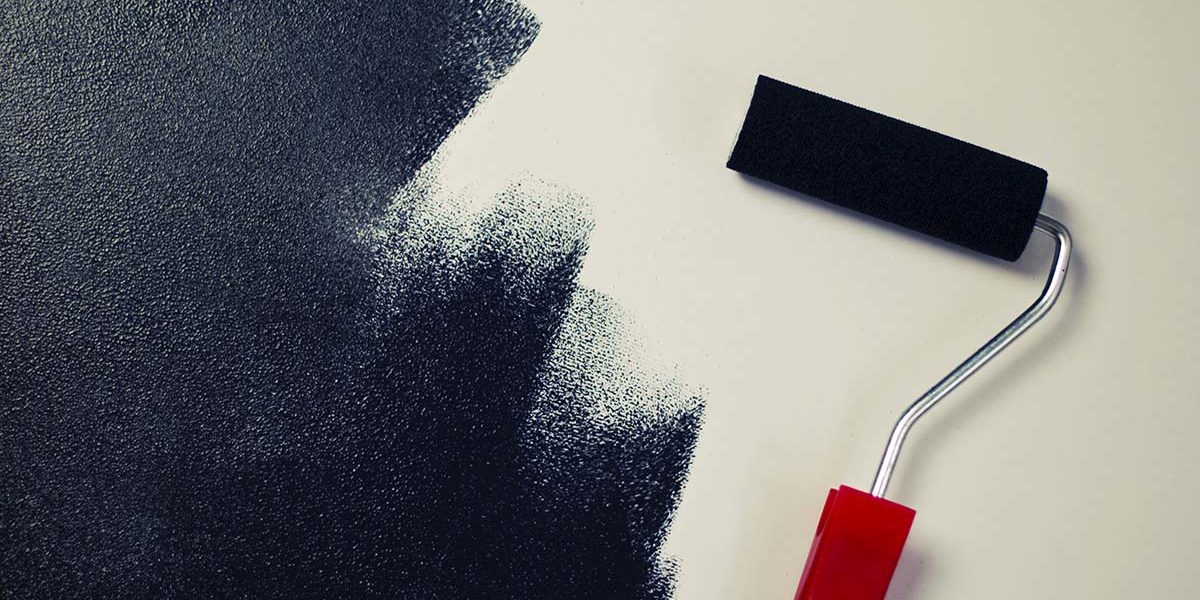Whether you’re thinking about a DIY experiment or just here out of sheer curiosity, we’re happy to answer your question: How many coats of paint are applied by professional Painters in Northern Virginia?
Cutting right to the chase, it’s two to three coats of paint. But why does it even matter? What are the factors that influence this decision?
Read on as we break it down for you.
Table of Contents
Why Does the Number of Coats Matter?
Paint coats serve multiple purposes, including:
- Bringing out the color’s richness
- Providing adequate coverage
- Ensuring durability against wear and tear
A well-executed painting job can enhance the aesthetics and value of your property.
Average Number of Coats Applied by Professional Painters in Northern Virginia
While there is no one-size-fits-all answer, the average number of paint coats applied by professional painters in Northern Virginia typically ranges from two to three coats.
Painters apply the right number of coats to give your home or office excellent coverage, color richness, and durability, especially considering the fluctuating weather conditions in the city.
Factors Influencing the Number of Paint Coats
Professional Painters in Northern Virginia think about the following factors before applying paint coatings:
- Surface condition
- Color and type of paint
- Paint quality
- Primer usage
- Previous color
- Professional skill
Let’s explore these factors in more detail.
1-Surface Condition
One of the things that painters think about before deciding on the number of coats is the condition of the surface.
If the surface is smooth and well-prepped, it may require fewer coats compared to a rough or uneven surface.
We say this because a smooth surface allows paint to adhere evenly and cover well, potentially reducing the need for multiple coats.
Uneven surfaces, on the other hand, absorb paint unevenly, leading to inconsistencies and a greater need for additional coats to get a flawless finish.
2-Color and Type of Paint
The color and type of paint you choose can affect the number of coats needed. Here’s how the color and type of paint affect the number of coats:
Color Intensity: Lighter colors, such as pastels or pale shades, tend to have a higher level of pigmentation. By “pigmentation,” we mean the concentration of colorants within the paint, which determines the color’s ability to provide coverage and opacity.
Therefore, light-colored paints with higher intensity can provide better color depth and consistency, and need fewer applications of paint.
Darker Colors: On the other hand, darker colors, like deep blues or rich reds, may have lower pigmentation compared to their lighter counterparts.
This can lead to the underlying surface showing through the paint, necessitating additional coats to achieve the desired color intensity and opacity.
Opacity: Some colors are inherently more transparent than others and require multiple coats to fully hide the underlying surface and achieve a solid, uniform color.
Such colors include bright yellows, light green, pale blues, soft pinks, and pale lavenders.
However, it’s important to note that their transparency can vary depending on the specific paint brand, formulation, and pigments used.
Paint Type: Different types of paints, such as matte, satin, or gloss finishes, have varying levels of coverage.
Some paint formulations inherently provide better coverage in fewer coats, while others might require additional layers to achieve a consistent and even appearance.
Primer Use: Depending on the color and type of paint chosen, using a primer can significantly impact the number of coats needed.
Primers create a consistent base layer that enhances adhesion and coverage, potentially reducing the number of topcoats required.
3-Paint Quality
High-quality paints typically have better pigmentation and coverage, which might require fewer coats compared to lower-quality paints.
4-Primer Usage
As mentioned previously, applying a primer can help achieve better adhesion and coverage, potentially reducing the number of topcoats needed.
5-Previous Color
If you’re changing the color from a darker shade to a lighter one or the other way around, you’d need to apply additional coats for complete coverage.
6-Professional Skill
The expertise of the professional painter matters greatly. Experienced painters can often achieve optimal coverage with fewer coats due to their skill in application techniques.
Professional Painters in Northern Virginia
In the vibrant city of Northern Virginia, professional painters understand the challenges of the local climate and architectural styles.
With varying temperatures and humidity levels, Northern Virginia’s weather can impact paint drying times and overall application.
This is where the skills of a professional painter come in handy.
Conclusion
To get the job done right, professional painters in Northern Virginia require a delicate balance of skill, knowledge, and attention to detail.
The number of coats applied depends on several factors, including surface condition, paint type, color, and the expertise of the painter.
Whether you’re transforming your home’s interiors or enhancing your business space’s aesthetics, investing in professional Painters in Northern Virginia can bring you remarkable results that stand the test of time.
If you’re thinking about getting a reputable painting contractor in Northern Virginia, look no further than Benjamin Painters!
We assess your specific needs and tailor our process to ensure the perfect balance between coverage, durability, and aesthetics.
Contact us today for a free quote!



0 Comments